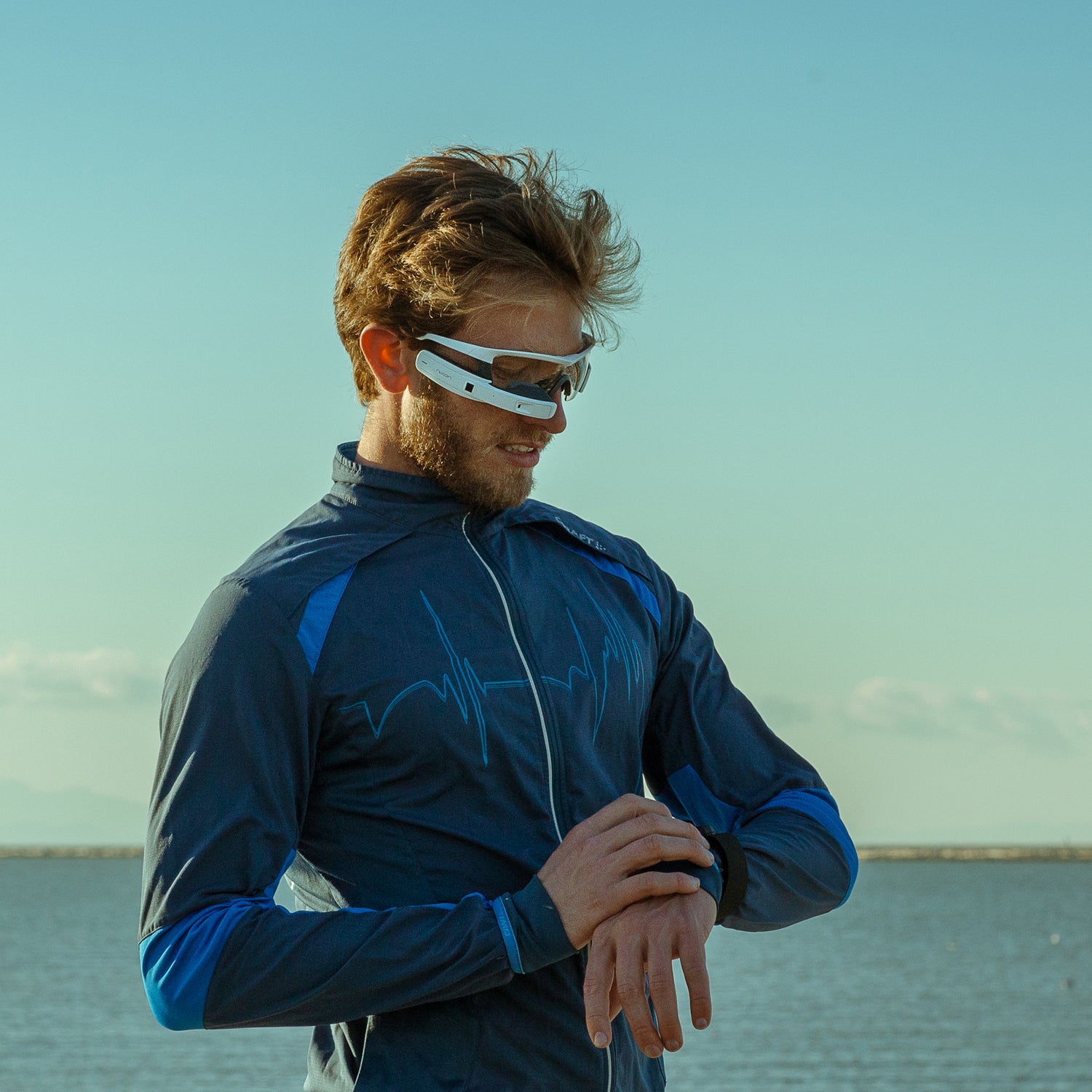In our exhaustive investigation into the future of smart fitness, here are the 16 wearable devices we looked at鈥攁nd who is best served by each.
For Casual Enthusiasts
聽($350 and up)
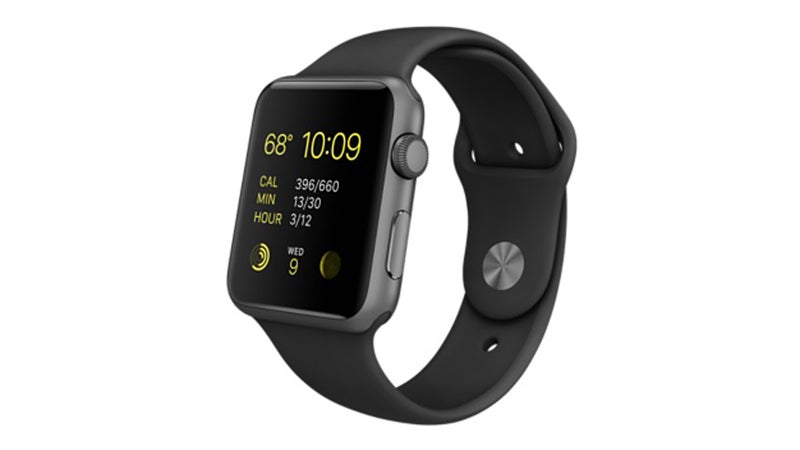
The Good: Integrates seamlessly with the iPhone鈥檚 communication functions; early-adopter street cred.
The Bad: Quick-draining battery; limited sports tracking.听
听($200)
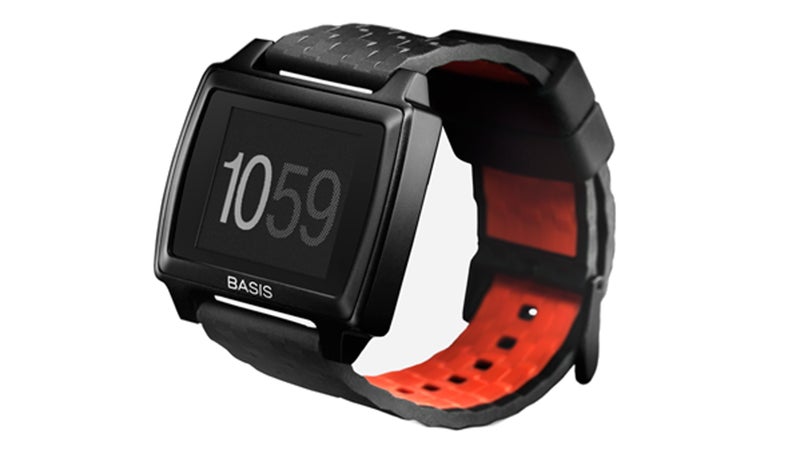
The Good: Combines features like e-mail and phone calls with sleep and activity tracking.听
The Bad: No GPS; black-and-white screen.
听($150)
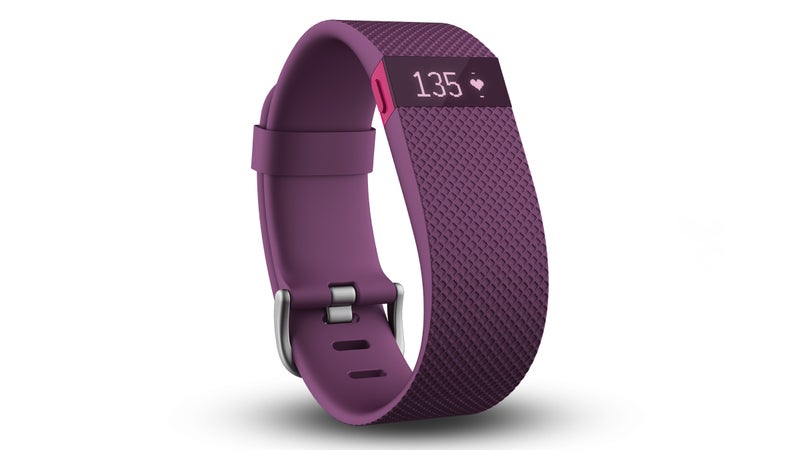
The Good: Adds heart-rate monitoring to Fitbit鈥檚 category-leading activity monitoring.
The Bad: No GPS, so no Strava glory.听
听($250)
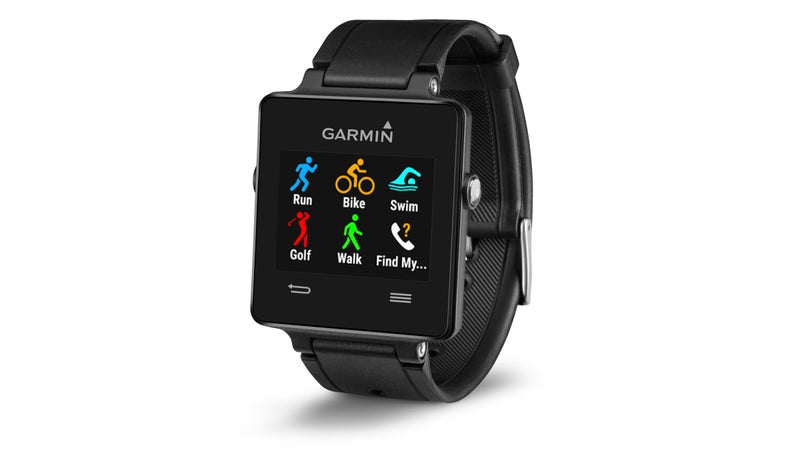
The Good: Built-in 颅features for specific sports, including golf.听
The Bad: Do you really need a watch that tracks your handicap?
听($100)
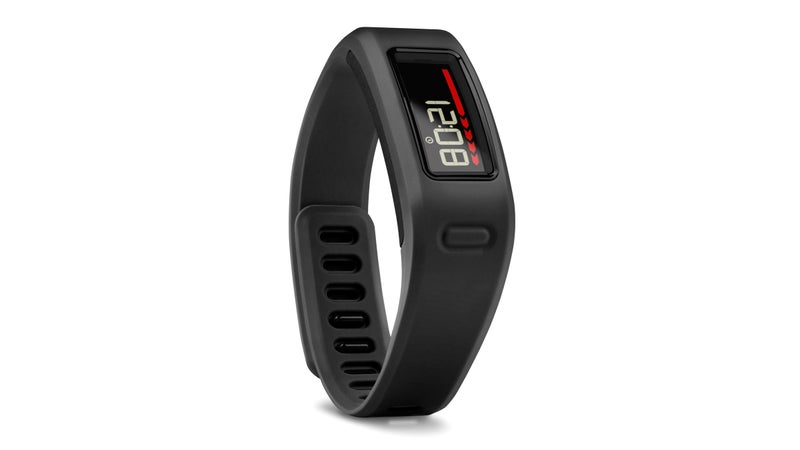
The Good: Can go a year without a charge.听
The Bad: Limited to basic activity-monitoring features.听
听($80)
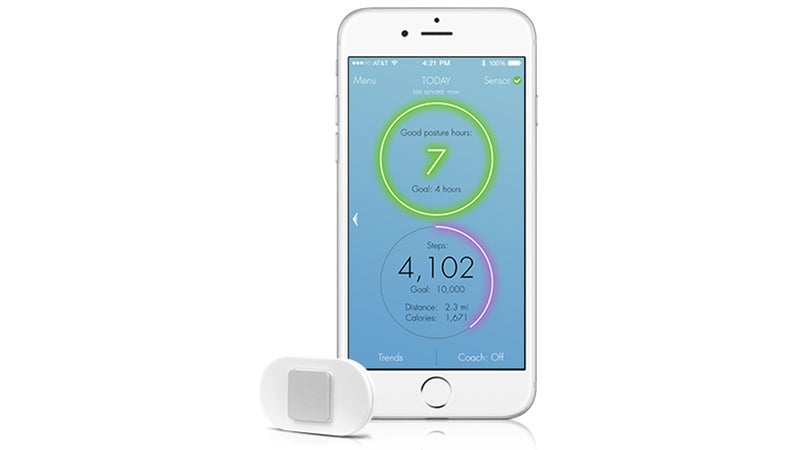
The Good: Wearable posture coach.听
The Bad: Does what it says, but who wants to be nagged about posture?
For Weekend Warriors
($250)
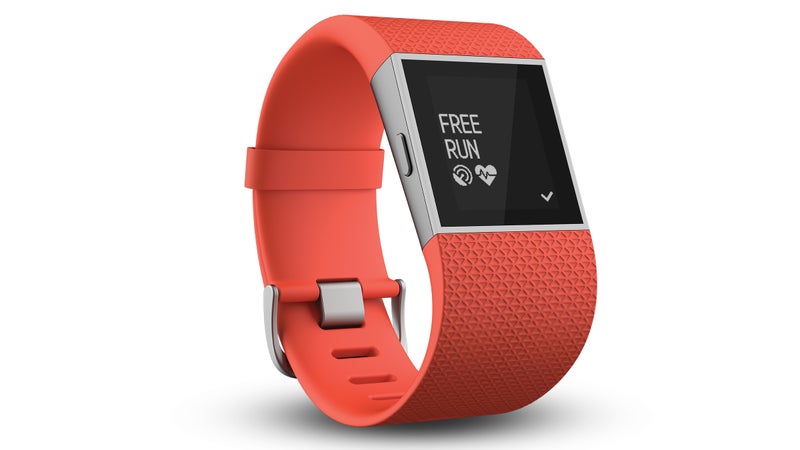
The Good: Combines the features of an always-on fitness tracker with GPS and heart rate for logging workouts.听
The Bad: Like all wrist-based heart-rate monitors, it can be inaccurate during workouts.听
($100)
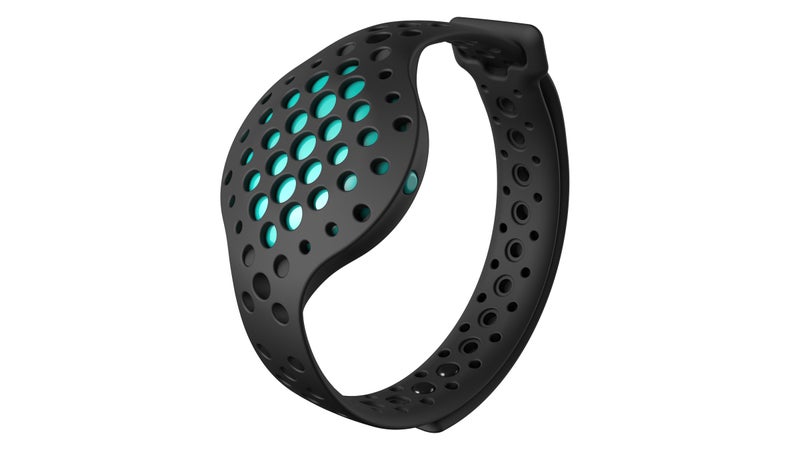
The Good: Hyper-detailed form analysis; affordable.听
The Bad: Limited to accelerometer tech (i.e., no GPS or heart-rate monitor).听
($230)
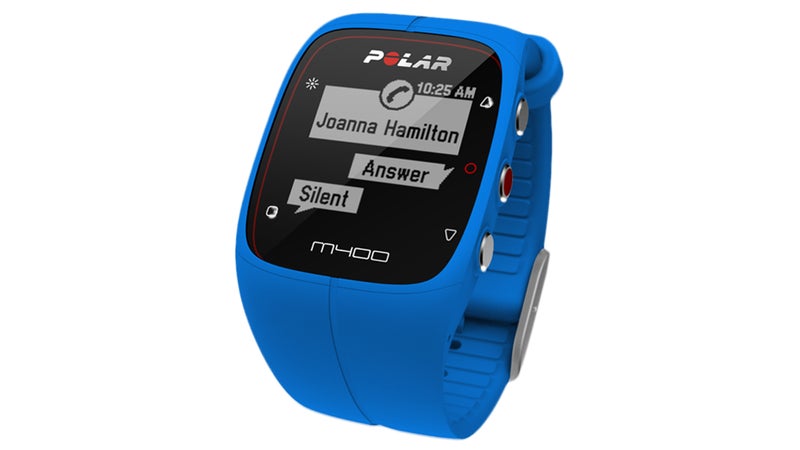
The Good: Combines 颅activity monitoring, heart rate, and GPS tracking; cheaper than the com颅petition.听
The Bad: Lacks features like recovery and form analysis.
($230)
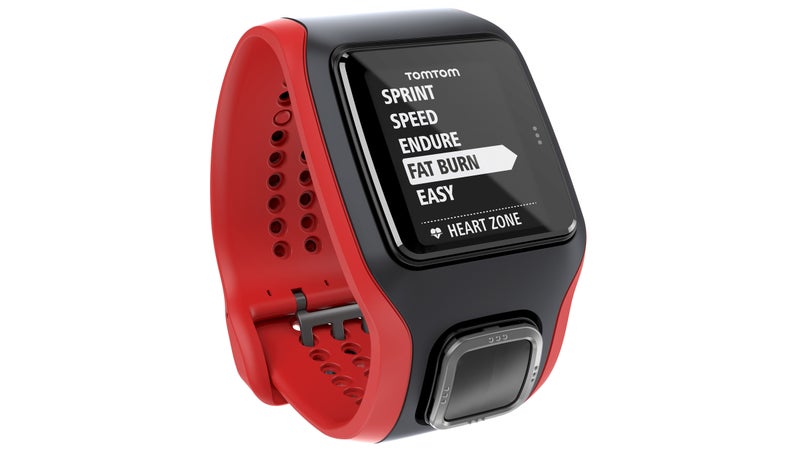
The Good: Simple to use; built-in heart-rate monitor.
The Bad: No ANT+ connectivity limits accessory choices.听
($100)
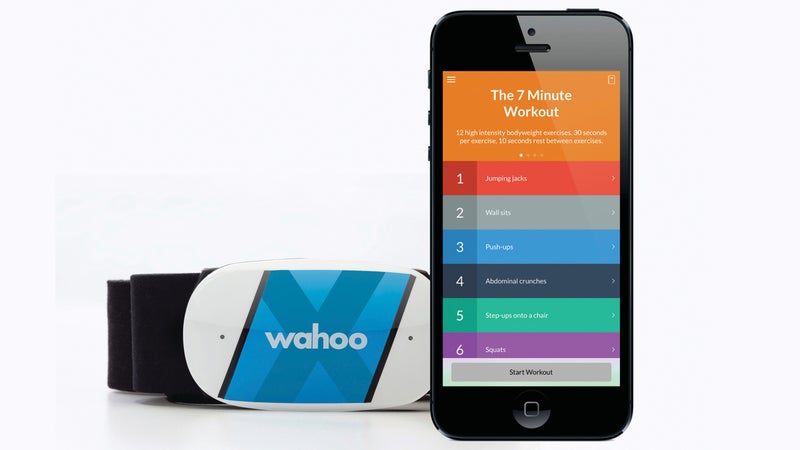
The Good: Integrates sports tracking into a chest strap; watch not required.听
The Bad: No screen means there鈥檚 no way to follow workouts in real time.听
For Aspiring Pros
($150 and up)
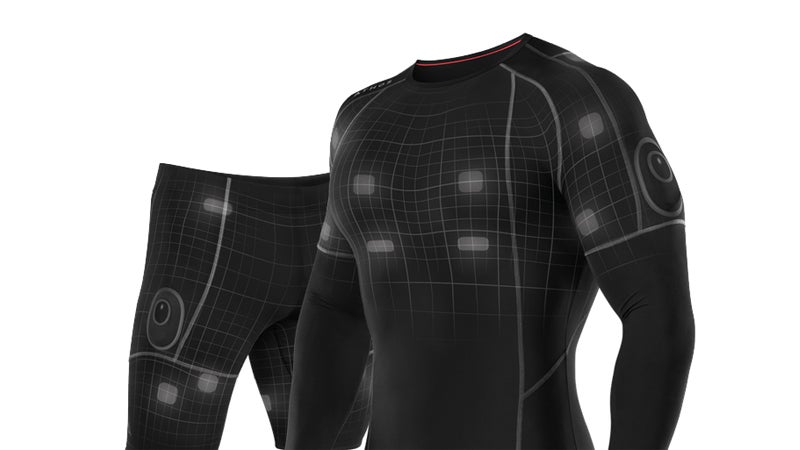
The Good: Sensors 颅embedded in clothing provide an exhaustive look at how your body is working.听
The Bad: You鈥檙e locked into wearing their workout duds.听
($450)
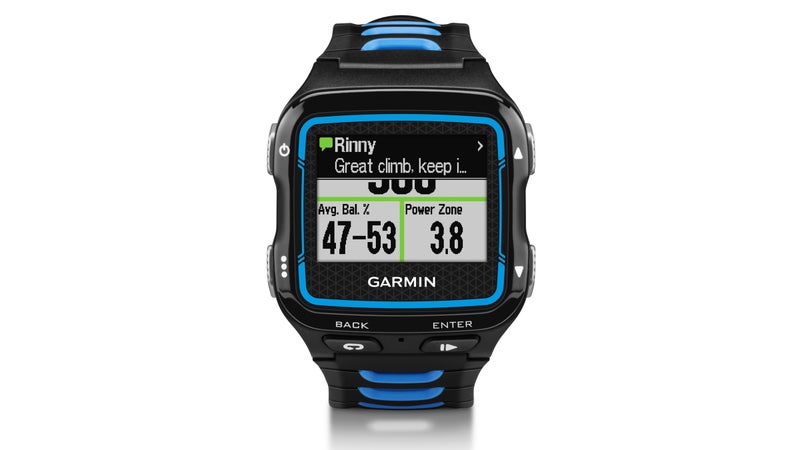
The Good: Aimed at triathletes, it syncs with cycling power meters and analyzes swimming form.听
The Bad: No touch-screen.
($1,500)
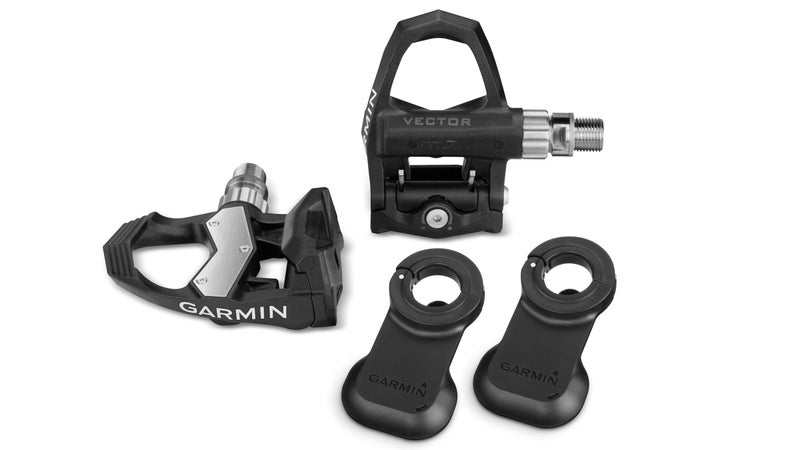
The Good: Track power without limiting wheel or crank choice; can break numbers down by left and right leg.听
The Bad: No MTB version. Cost more than a month鈥檚 rent.
($499)*
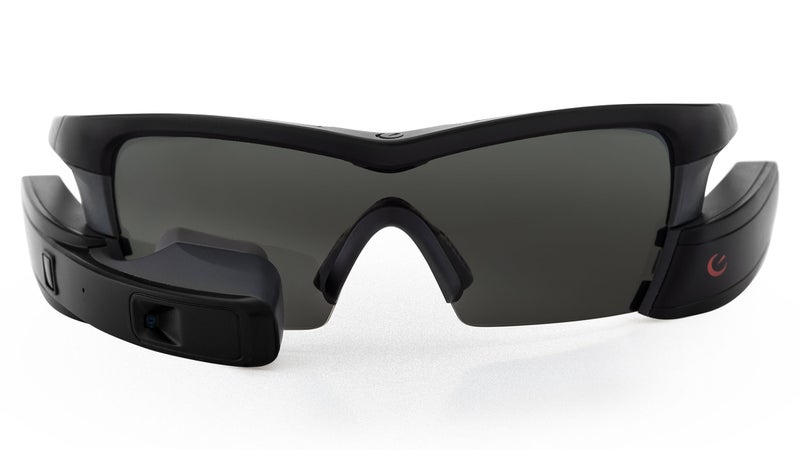
The Good: Displays data like power and heart rate in a convenient, always-visible spot.听
The Bad: It looks like Google Glass鈥檚 meat-head older brother.听
($150)
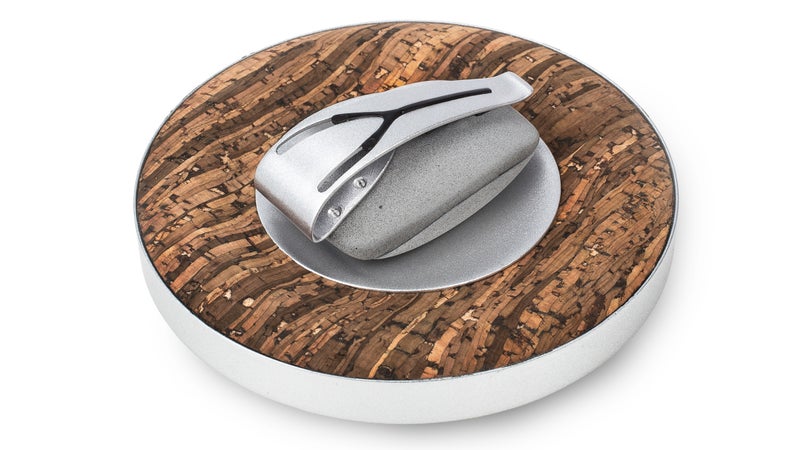
The Good: The rare wearable that tells you what to do with all the information.听
The Bad: Being told you鈥檙e stressed when you already know you鈥檙e stres颅sed is somewhat, uh, stressful.
*This article has been updated to reflect new pricing on the Recon Jet sunglasses.听


